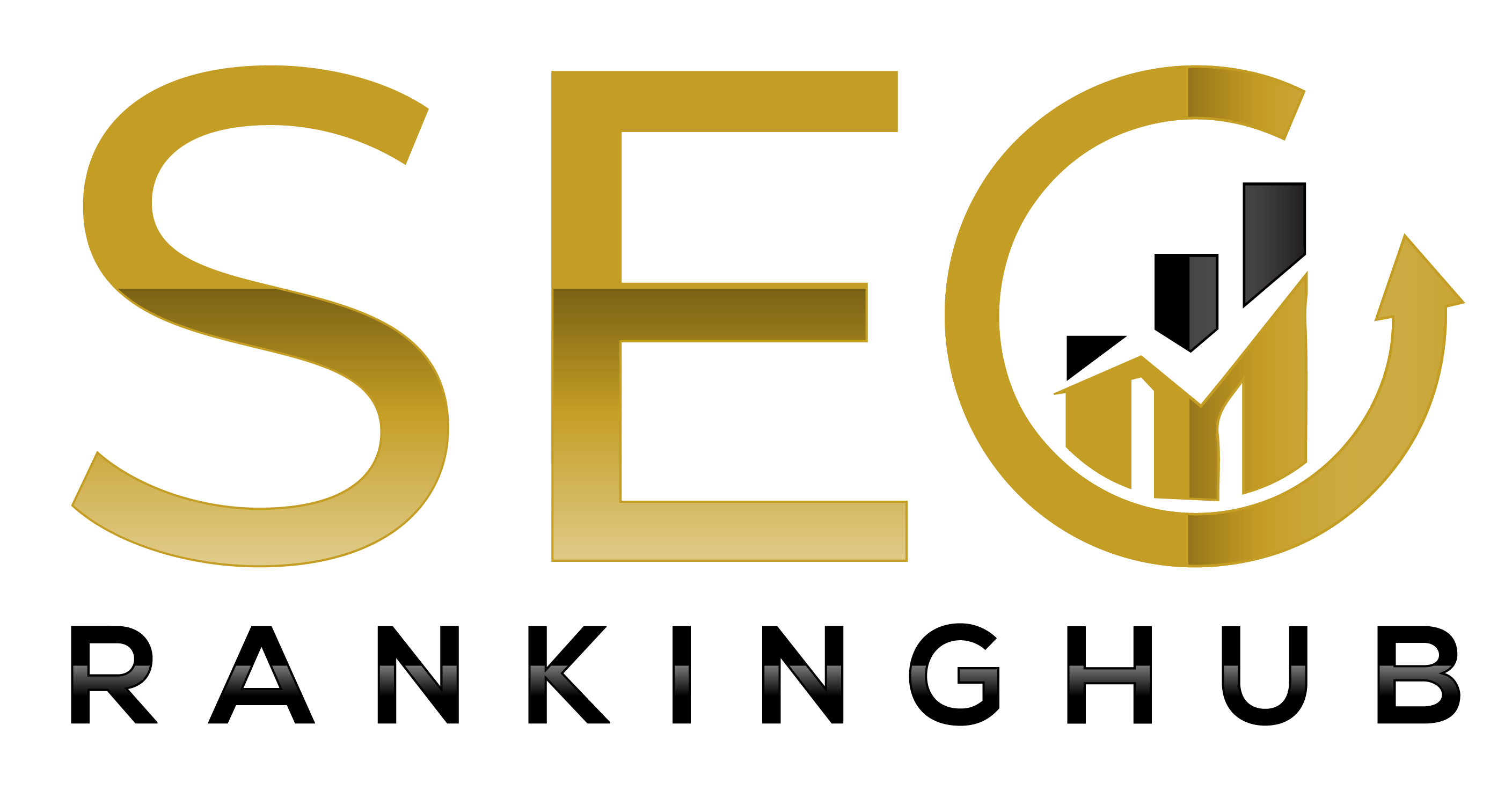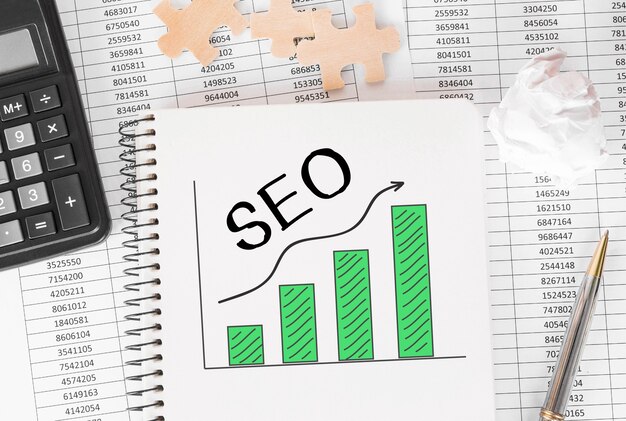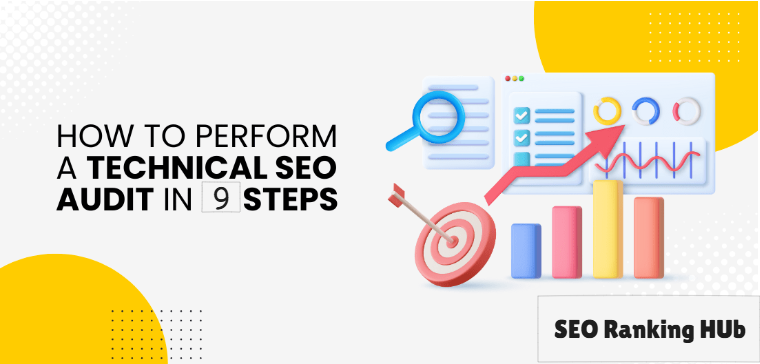
On-Page SEO Checklist – 20 Factors You Must Optimize in 2025
In SEO’s world, sometimes developed on-site adaptation is important for running more ranking and organic traffic on Google. When Google’s algorithm is more sophisticated, it is necessary to follow the latest best practices. Your site is your latest SEO checklist to ensure this is ahead of the competition.
1. Title Marks: Keep Them Convincing and Customized
Your title mark is the first to see the user and search engine. Make it count!
- Keep it less than 60 letters.
- First include your primary keywords.
- Make it click for better CTR.
- Avoid keywords.
✅ Example: Best On-Page SEO Checklist: 20 Adaptation Factors for 2025
2. Meta Description: Increase CTR
Meta details do not directly affect the ranking, but click-weight speeds significantly.
- Hold it between 150-160 characters.
- Naturally add primary and secondary keywords.
- Communicate it with a call-to-action (CTA).
✅ Example: Do you want to rank high on Google? Use this latest SEO checklist for 2025 and market your ranking!
3. SEO-Friendly URL
A clean and structured URL improves readability and SEO.
- Keep the URL small and descriptive.
- Include your primary keyword.
- Use hyphens (-) instead of underlines (_).
✅ Example: yourwebsite.com/on-page-seo-checklist-2025
4. Use Appropriate Header Tags (H1, H2, H3, etc.)
Organized material structure improves readability and SEO.
- The H1 tag should be unique and have the main keyword.
- Use H2s and H3s to break the sections.
- Avoid excessive use of the H1 tag.
✅ Example:
- H1: On-Page SEO Checklist for 2025
- H2: Title Mark and Meta Details Optimization
- H3: How to Write SEO-Optimized Titles
5. Adaptation for Featured Snippets
Google’s featured snippet helps you rank in position zero.
- Use structured materials (lists, tables, questions, and answers).
- First, answer the questions directly in 2-3 sentences.
- Use bold text for important information.
✅ Example: How to adapt to featured snippets? Structure materials properly, use short answers, and utilize bullet points or tables.
6. Keyword Placement: Use Naturally
Your content should contain keywords, but naturally.
- Use the primary keyword in the first 100 words.
- Store keywords in titles, headers, and sub-heads.
- Avoid keyword stuffing.
✅ Example: If your keyword is “best SEO strategies,” you should integrate it naturally: “Wondering what the best SEO strategies for 2025 are? Let’s dive in!”
7. Optimize Images for SEO
Images enhance user experience but can slow down your site.
- Use descriptive file names (e.g., seo-checklist.jpg).
- Add alt text for accessibility and SEO.
- Compress images using TinyPNG or ShortPixel.
- Use the WebP format for fast loading.
✅ Example: Alt text: “SEO Checklist Infographic 2025”
8. Internal Links: Distribute Link Equity
Internal links help Google understand your content structure.
- Link to at least 3-5 relevant internal pages.
- Use descriptive anchor texts.
- Avoid overloading pages with links.
✅ Example: Check out our Technical SEO Guide for more optimization tips!
9. External Links: Build Reliability
Connecting with high-authority sites increases credibility.
- Use authoritative sources (.gov, .edu, reputable blogs).
- Open external links in a new tab.
- Use “nofollow” for untrusted links.
✅ Example: According to Google’s SEO guidelines, high-quality content is the best ranking factor.
10. Long-Form Content: Target Extensive Posts
Longer content often ranks better.
- Aim for at least 1,500-2,500 words.
- Cover all aspects of the topic.
- Use bullet points and lists for readability.
✅ Example: This article itself is comprehensive and well-structured!
11. Mobile Optimization: Mobile-First Indexing
Google prefers mobile-friendly websites.
- Use responsive design.
- Ensure fast mobile loading speed.
- Optimize font size and touch elements.
- Test using Google’s Mobile-Friendly Test.
12. Page Loading Speed: Optimize for Core Web Vitals
A slow site can hurt rankings.
- Use CDNs (Content Delivery Networks).
- Optimize images and scripts.
- Reduce HTTP requests.
- Check your score on Google PageSpeed Insights.
13. Schema Markup: Use Structured Data
Schema Markup enhances visibility in SERPs.
- Use FAQ, How-To, and Review Schema.
- Add JSON-LD markup.
- Test with Google’s Rich Results Test.
✅ Example: Add product schema to eCommerce stores.
14. Improve Readability and User Experience
Easy-to-read content improves engagement.
- Use short paragraphs (max 2-3 lines).
- Add subheadings and bullet points.
- Maintain a concise tone.
✅ Example: This checklist is scannable and engaging!
15. Optimize Call-to-Action (CTAs)
CTAs increase engagement and conversions.
- Use action-driven language.
- Place CTAs strategically within the content.
✅ Example: Ready to boost your ranking? Start optimizing now!
16. Monitor User Engagement Metrics
Google tracks bounce rate, session time, and dwell time.
- Encourage users to stay longer.
- Embed videos and interactive elements.
- Use compelling headlines and visuals.
17. Fix Broken Links (404 Errors)
Broken links hurt UX and SEO.
- Use tools like Ahrefs or Screaming Frog.
- Redirect with 301 redirects.
✅ Example: Check for broken links quarterly.
18. Use Social Sharing Buttons
Social signals indirectly impact SEO.
- Add Facebook, Twitter, LinkedIn, and Pinterest buttons.
- Make sharing easy and accessible.
✅ Example: Like this guide? Share it!
19. Update Old Content Regularly
Old content loses ranking over time.
- Update articles every 6-12 months.
- Add new stats, images, and insights.
✅ Example: Update your old SEO guide with 2025 trends!
20. Monitor SEO Performance
Track results and refine strategies.
- Use Google Search Console and Google Analytics.
- Monitor ranking and traffic trends.
✅ Example: Check analytics weekly for insights!
Final Thoughts
By optimizing these 20 on-site SEO factors, you will increase organic traffic, improve rankings, and enhance engagement in 2025.
💬 What is your biggest SEO challenge? Leave a comment below!









